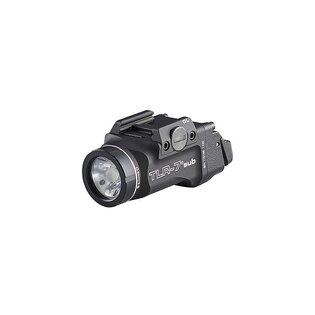Gun flashlights are specific in their tactical overlap. They are often factory fitted with a universal rail mount, such as the Picatinny 1913 or Weaver, and the controls are tailored for use in tense situations.
Flashlights for short firearms can also be used with long firearms. But on the contrary, of course, it is not possible, because of the size. As for placement, many pistols have a mount located below the barrel. It's practical, because if you placed the flashlight from above, you wouldn't be able to see much through fixed sights or optics. In addition, weapon lights are designed to be easy to put on and take off.
For police officers and personal defense
In terms of use, there is definitely no need to limit yourself to just the tactical one. Flashlights for short firearms can also be useful for hunting (although naturally only to a limited extent), but also for personal defense. As soon as it gets dark, the backlight is sure to come in handy in any situation.
It's better to aim in two
Most short firearms can be carried in one hand, unlike long ones, but this is still not entirely practical. In short, weapons are aimed better with both hands. A gun light frees up your hands by, as mentioned, mounting directly onto the body of the gun, usually from the bottom of the barrel.
You can reach the switch
There is another difference between short and long firearm flashlights, which is the form of control. While with long weapons, for greater operability, it is often necessary to move the flashlight control closer to the shooter along the forearm in order to reach it (which is implemented in the form of a pressure switch on the cable), with short weapons you can reach the area under the barrel without any problems. Therefore, a rocker switch directly on the body of the flashlight is completely sufficient here.
What about the light source?
Practically all weapon flashlights today use LEDs as a light source, which is a step forward compared to the previously used halogens. The LED diode has a much longer lifespan and is also more energy efficient, so you won't have to change the battery as often. But even the LED emits excess heat when lit, which needs to be dissipated somewhere. And this is also possible thanks to the material used. (anodized) aluminum is ideal, which is also more durable than plastic. What about the battery? Of course, the best is the rechargeable one.
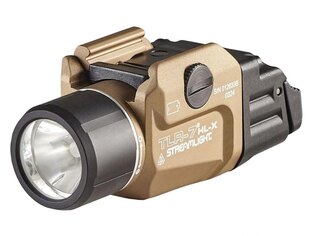


Streamlight® TLR‑7 X USB weapon LED flashlight
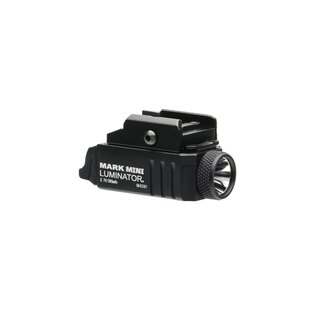
Mark Mini Mounted Light PowerTac®
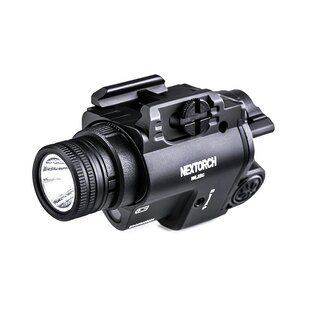
WL23G Weapon LED Light with Green Laser Sight NexTorch®
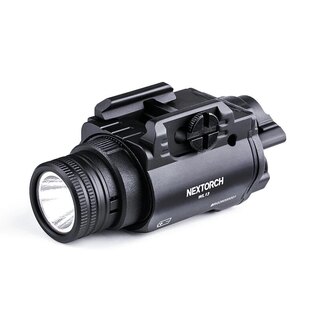
WL13 Weapon Light NexTorch
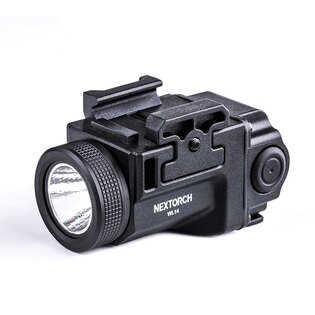
Nextorch® WL14 pistol LED light
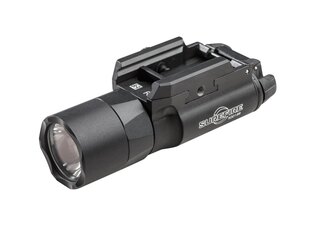


X300 Ultra SureFire® GunLight
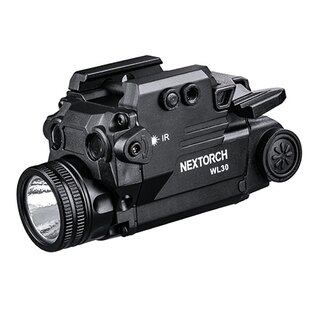
Weapon Light WL30 NexTorch®
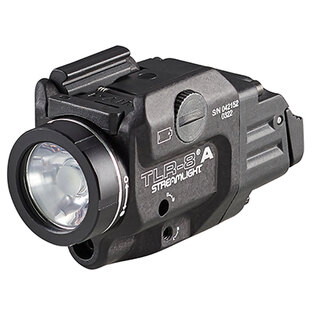
Weapon LED lamp TLR‑8A / red laser Streamlight®
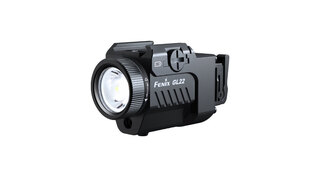
Fenix® weapon laser flashlight GL22
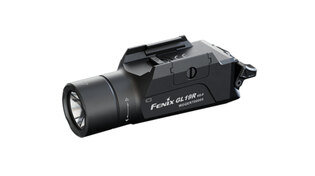
Fenix® GL19R V2.0 rechargeable weapon flashlight
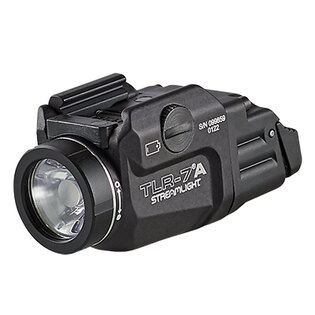


TLR‑7A weapon LED light with rear switch options Streamlight®
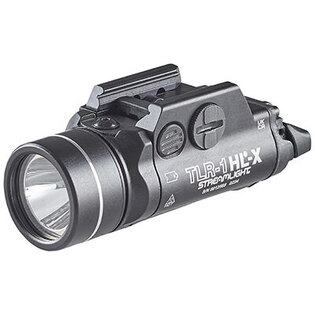
Streamlight® TLR‑1 HL‑X Weapon LED flashlight
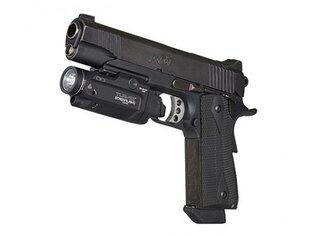
TLR‑10 FLEX Weapon Light Streamlight®
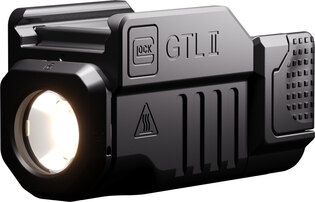
Glock® GTL II flashlight
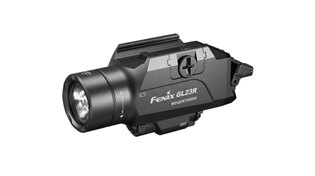
Fenix® GL23R weapon laser light
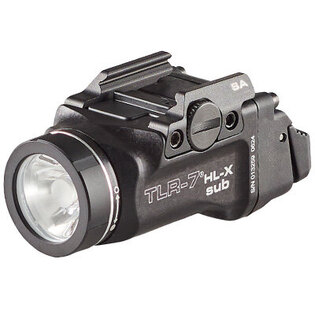
Streamlight® TLR‑7 HL‑X sub USB weapon LED flashlight
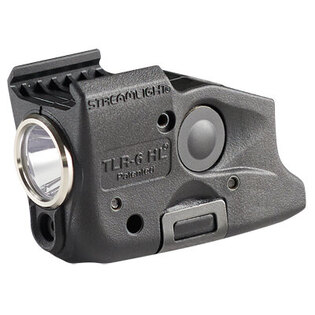
Streamlight®TLR‑6 HL G weapon LED flashlight / green laser
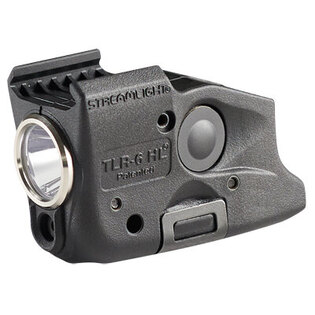
Streamlight® TLR‑6 HL weapon LED flashlight / red laser
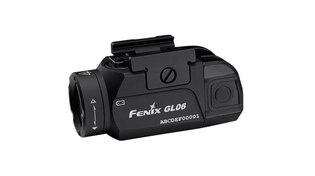
Fenix® GL06‑365 weapon light for SIG Sauer P365
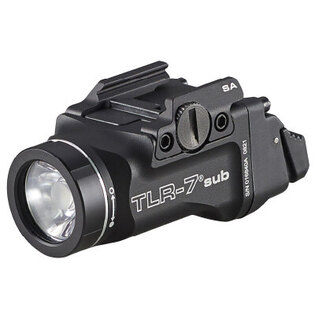
Streamlight® TLR‑7 SubCompact Gun Light for rail 1913
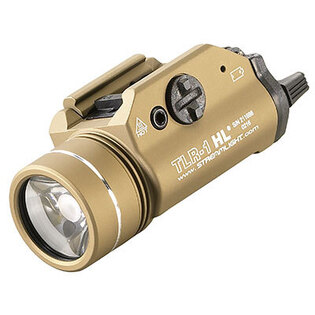


Weapon‑mounted LED flashlight TLR‑1 HL Streamlight®
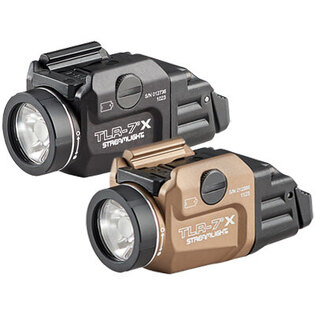


Weapon LED flashlight TLR‑7 HL‑X USB Streamlight®
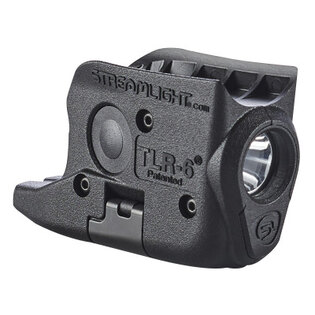
Streamlight® TLR‑6 Weapon LED Light for Glock 42/43 without laser






























































































































